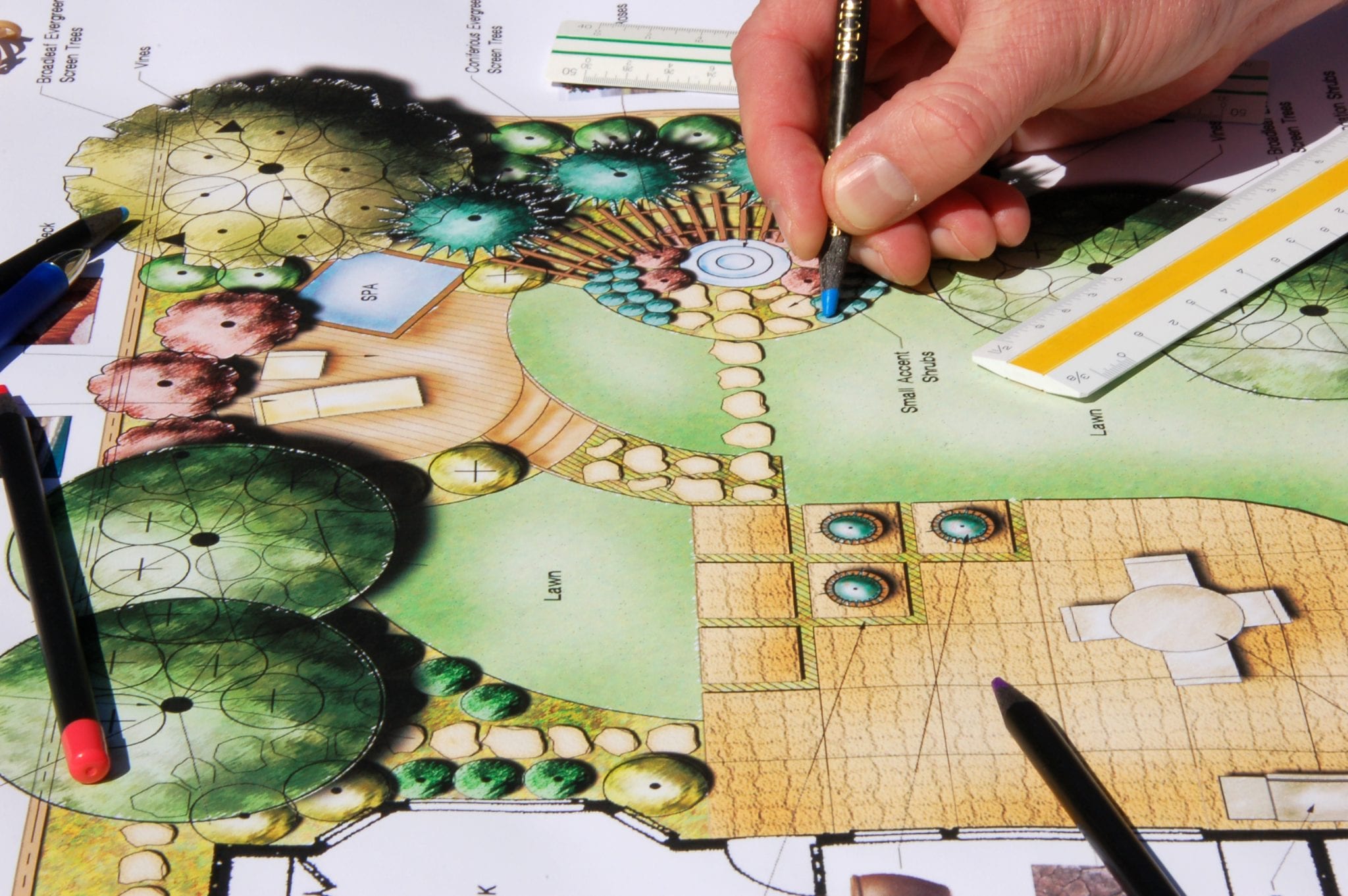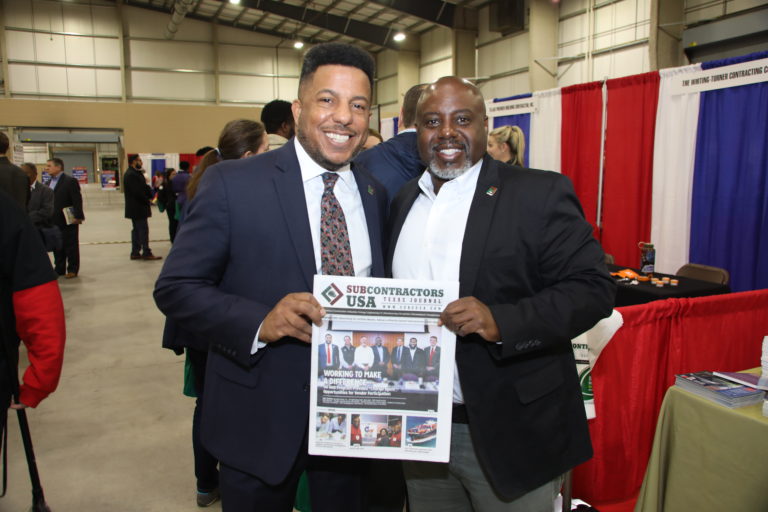
Houston Endowment (HE), a leading Houston philanthropic organization, and design competition organizers Malcolm Reading Consultants, recently launched the global search for an outstanding design team of architects and landscape architects for HE’s new headquarters. The center, circa 40,000 s.f., will be HE’s new public face and will provide dedicated space for the organization’s team and community partners including, healthy workspaces, accessible and inspiring meeting places, and flexible engagement facilities.
HE, established by Jesse and Mary Gibs Jones in 1937, does not actively fundraise; its funding is financed by an endowment currently valued at $1.3 billion. Founder Jesse Jones was a successful Houston entrepreneur, real estate developer, politician and civic leader who served at the national level. Mary Gibbs Jones was a community and cultural activist who brought opera to Houston radio and helped support military widows. In 2018, HE provided funding for more than 200 organizations, including Houston in Action, Arts Connect, and Houston Immigration Legal Services Collaborative. The foundation also helped Harris County acquire the historically and architecturally significant Riverside General Hospital.
Ann Stern, President and CEO of the Houston Endowment, said, “This is an exciting moment for us, enabling us to establish a presence and identity at ground level in the city. It will also allow us to continue in the tradition of our founder Jesse H. Jones, who earned the nickname ‘Mr. Houston’ – in part for his contributions to building and developing our city.”
HE’s new center, which has a construction value of $20 million, will connect to the adjoining Spotts Park near downtown Houston. Funding for the project has been secured, along with the site, and has a fast-track timetable — the finished building is due to open in the Spring of 2022.
Competition Director, Malcolm Reading recently said of the design competition, “We are open-minded about the architectural team we are seeking but committed to high-quality design. We would like to encourage emerging talent as well as listen to established; we welcome diversity and international designers.”
The competition format, recently announced in a press release, is as follows:
No design is required at the first stage — rather designers will need to study the Search Statement (available to download from the competition website) and submit their approach to the project, experience, and relevant design skills through a digital form on the website.
At the second stage, at least four teams will be shortlisted, and these will receive an honorarium of US$50,000 for their design work when the competition concludes with the selection of the winner.
All teams will be required to include an architect registered in the state of Texas as part of their team at Stage Two.
Full details of the competition Selection Committee, which will interview the teams and select a winner, will be announced later in the process.
Source: Texas Architect







